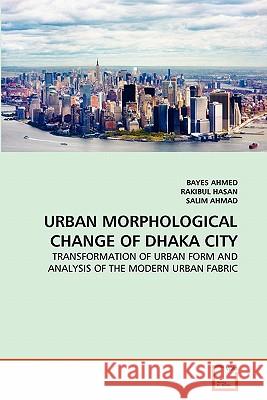Urban Morphological Change of Dhaka City » książka
Urban Morphological Change of Dhaka City
ISBN-13: 9783639317572 / Angielski / Miękka / 2010 / 180 str.
Dhaka, the capital of Bangladesh, has undergone radical changes in its physical form, not only by territorial expansion, but also through internal physical transformations over the last decades. These have created entirely new kinds of fabric. With these changes, the elements of urban form have changed. Plots and open spaces have been transformed into building areas, open squares into car parks, low land and water bodies into reclaimed built-up land etc. This research has its general interest in the morphologic change of Dhaka City. It focuses on the spatial dynamics of urban growth of Dhaka over the last 60 years. The main objective is to study the transformation of urban form and analyze the modern urban fabric of Dhaka City from 1947-2007. The transformation of urban form has been examined through space syntax. The aim behind using this technique is to describe aspects of relationships between the morphological structure of man-made environments, social structures and events. The interpretation of history in the light of quantitative accounts, as demonstrated in this research, will be of value to urban planners and urban designers for the future planning of modern Dhaka.











